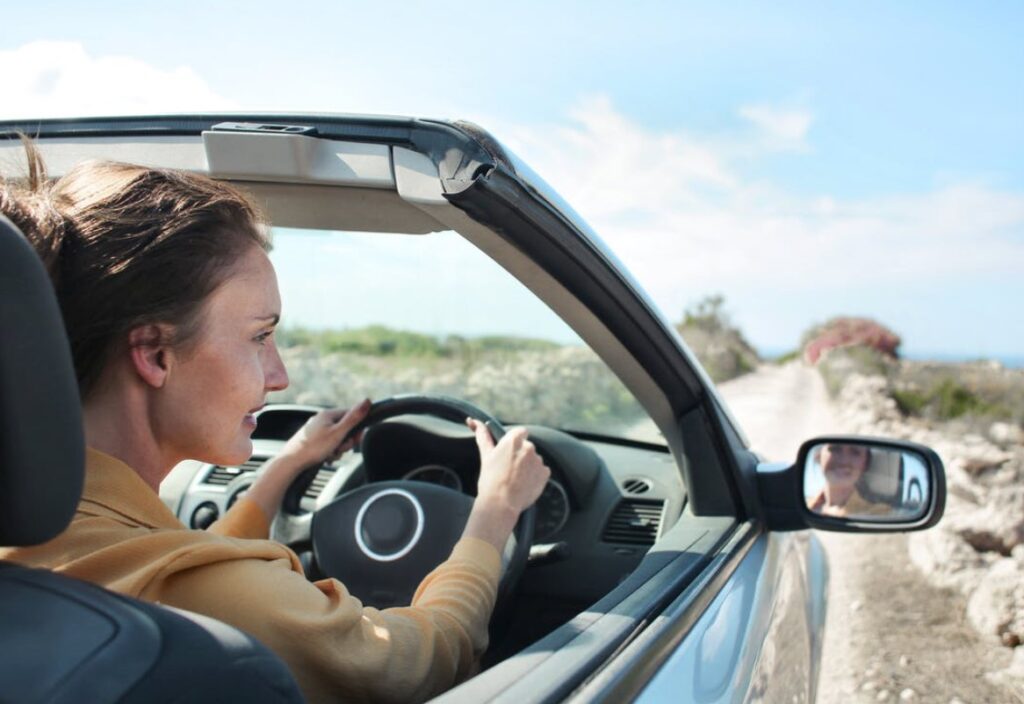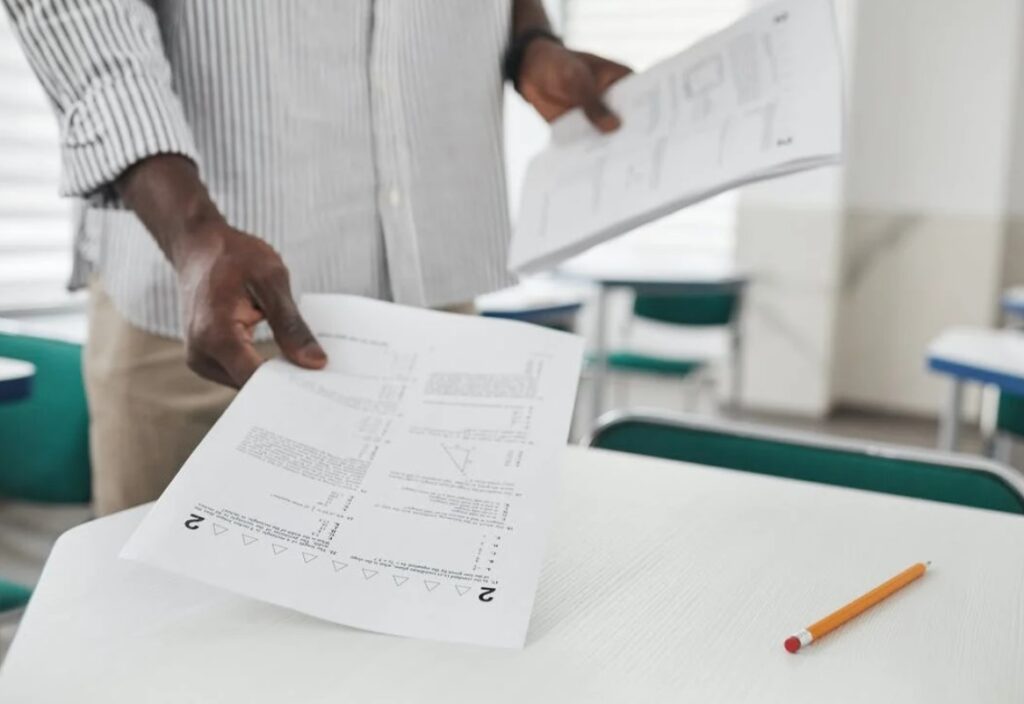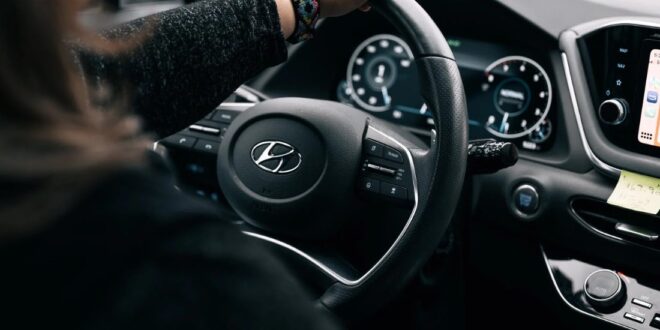Being able to drive and having your own set of wheels is something that has become quite normal in the world. Particularly in the first world countries and countries that are considered to be in development, it goes without saying that eventually every single person is going to pass the driving test, get their license, and buy a personal vehicle. Allowing yourself to do this opens so many doors that were completely closed before. There is a lot that one can do when they can drive as life becomes easier, more optimal, and less time is wasted overall. Vehicles are no longer the luxury they once were, and although there are fewer and fewer parking spaces available in larger cities and while the gas prices may be going up, driving will never really go out of fashion.
For this very reason every person should have a goal to eventually pass the driving test regardless of when they can or want to but their own car. But to plan to pass the driving test is one thing. To actually pass it with flying color is a whole different story. From country to country there are regional differences in the way the test is taken as well the best way to prepare for it. Depending on where you are on the planet your own test can be more or less difficult in comparison with the other places. In this article though we will be focusing solely on the country of Canada and their G1 driving test Ontario. It is the first of the graduated licensing tests available and the starting place for anyone who may eventually want to get a G2 or a full G license. Read on to learn more about it, particularly when it comes to the mistakes allowed on the test.
Know About It Before You Take It

So what is this test exactly and why it is crucial for driving in Ontario? Well, this is a question that does not have a single, straight answer. The system is such that this test is the first in a line of tests that give the drivers different types of licenses. The G1 license is also known as the learner’s license. After it comes the G2 probationary license, and then the G license, the actual full, unrestricted license all drivers eventually want to have. There are many rules and restrictions that apply to each but for the majority of the article here we are focusing on the learner’s level, mainly the test itself and the mistakes you can make on it. It is definitely something that everyone can achieve with the right amount of focus and hard work, so worry not about it too much.
Rules and Regulations to After You Get It
Only those who turn 16 can apply for the test. While holding the license, there must never be any illegal substance in the bloodstream. Everyone in the car has to have their seatbelt fastened and there must be a fully licensed driver to accompany the candidate, one with at least 4 years of driving experience. There are road and highway restrictions too, as G1 license holders cannot drive on certain roads and on 400 series highways. Driving from 12 AM and 5 AM is not allowed, a similar rule to many other countries that prevents inexperienced drivers from the dangers of driving at night. The period during which the learner’s license is with you is 12 months. After this, you become eligible for the. Passing the driving course guarantees that you can take the G2 test in 8 months.
Crucial Information About It

Finally, it is time to talk about the test itself and answer the titular question of this article. As mentioned, the G1 is the first level that all first-time drivers in Canada have to go through. There is a fee of $160 involved, as well as a vision test that each candidate has to pass. Then comes the test that evaluates your knowledge of basic rules of traffic and the road. The entire test has two sections and the candidates have to score 80% of each section, which comes down to 16 correct answers out of 20. In total, it means you have to have 32 out of 40 correct answers. The test can either be done with paper and pencil, or on a computer. It depends on the testing facility. For the learner’s license there is no driving test involved.
The Only Way to Do It
Preparing for the test is made easy since there is an official Driver’s Handbook available for free on the web. Studying it inside and out is enough to lean all the information and prepare yourself for the test. When you think you are ready and when you have studied enough, you will also have to practice. Having the actual test be your first one is not a good idea because you will not really know what to expect nor how you will handle yourself. Instead of this, make sure to do a some practice tests that will familiarize with question types and the most important sections they revolve around.
Check out g1practicetest for a great practice test that will help you get your learner’s license in no time. It has everything you need neatly oreganized and planned out for a fun and engaging practice run before the real deal.
Where to Go to Do It

Finally, go to your local center at least a full hour before it closes for the day. No booking is needed. The process is made simple and quick and you can take the test whenever you want. Bring some form of ID with you, one that states your name, signature, birthday, and picture. Most candidates bring their passport. Marriage certificates, student cards, health cards, and ID cards can serve as backup forms of identification if the primary document lacks a certain thing. If you pass, you are free to go, license in hand. On the other hand, those who fail can pay $16 more and try again, right then and there. The overall experience should not be too different from any other important test you may have had to prepare for. Taking it seriously is your safest bet. There is not much else to it really.
 Imagup General Magazine 2024
Imagup General Magazine 2024



